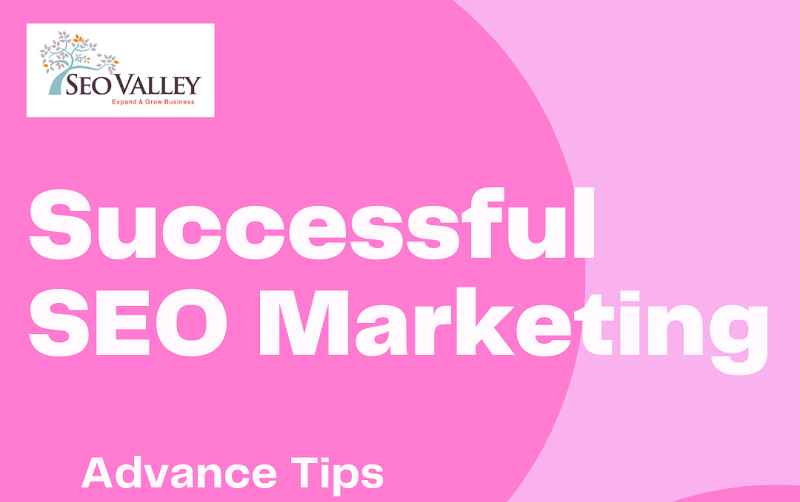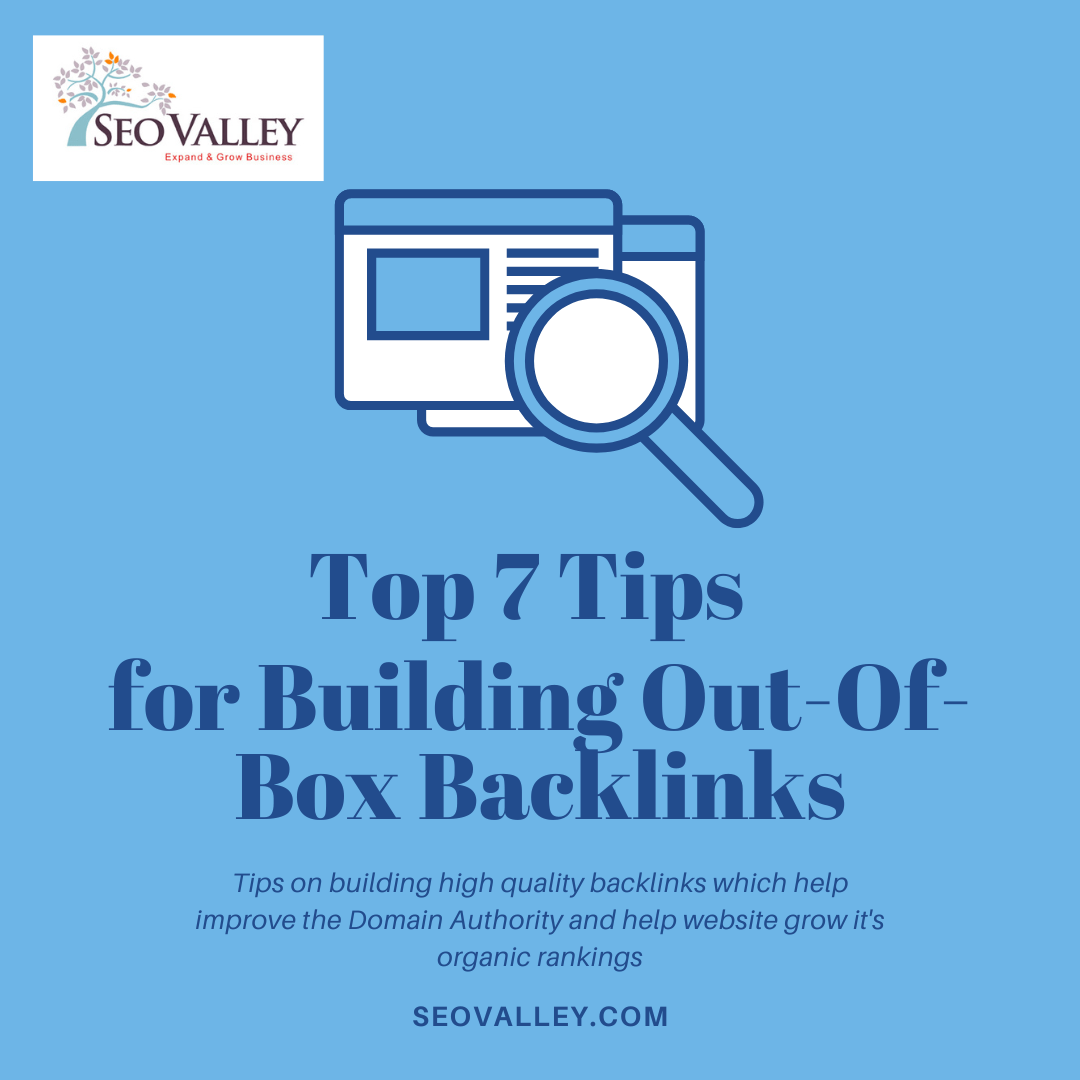In today’s blog, we will talk about the five mistakes that even the most experienced SEO specialists are guilty of making from time to time. The good news is that you can still fix these mistakes if you find them early enough.

Problem #1: Keyword cannibalization
A niche website tends to talk about the same topics and publish materials that appear very similar to each another. Those materials are likely to be targeting the exact same keywords, too. The result is tougher competition for those keywords—and that can have a bad impact on each page’s chance to rank.
If you find yourself dealing with this issue, take the necessary steps to solve keywords cannibalization immediately with a keyword mapping tool.
A keyword map should show different columns: One for your targeted keywords, another for the webpages that are linked to those, and the other for SEO information. Using it, sort the website out to make sure that the content is targeting different sets of keywords. Consolidate pages that are targeting similar topics in one page so you are not competing with yourself.
Problem #2: Poorly indexed pages
Google cannot rank pages that its bots cannot find. So make sure you don’t have any indexation problems. Use the Google Search Console to check.
In most cases, the problem is internal—perhaps the page is not part of the robots.txt file or it has a NOINDEX tag. A 404 error or DNS error can also cause poor indexing. When you use the Search Console, these pages should show in the ‘Error’ column.
To resolve the problem, allow the page in the robots.txt and manually remove the NOINDEX tag. Wait for Google to recrawl the pages on its own, and they should start showing up.
Problem #3: Low page speed
There’s no doubt that page speed is a factor for ranking. The longer it takes for a page to load, the more your audience is likely to leave and never come back again. This could result in a lower rank, poor conversion rates, and of course, an unsatisfying user experience.
Your desktop website may be loading fast, but have you checked your mobile site? More than half of users who view mobile sites leave if the page takes more than three seconds to load. Moreover, slow loading pages take more time to crawl and index, resulting in an indexation problem.
Google encourages the use of the AMP format for sites that can implement it. A fast and clean loading experience for mobile usage should be prioritized.
Problem #4: The wrong page structure for a target topic
Did you know that you could have a lot of backlinks but still rank lower than the competition? Having an oversized catalog of backlinks is not enough to rank. You need to make sure that the page’s content looks acceptable. This means editing your content to make it look more presentable. Add images related to your topic and give out clear descriptions, for starters.
Problem #5: Internal linking is inconsistent
You probably already know about the importance of designing lean and functional navigation in your website, and that it is achieved by making sure the links are arranged coherently. However, internal linking is more than just that.
Don’t make the mistake of looking only at pages that are drawing more viewers or more attention. You should be spreading the links around. Find ways to link not only from the core pages but also from supplementary or smaller pages.
Need help with any specific SEO problem or with your overall optimization strategy? Contact SEOValley today.










